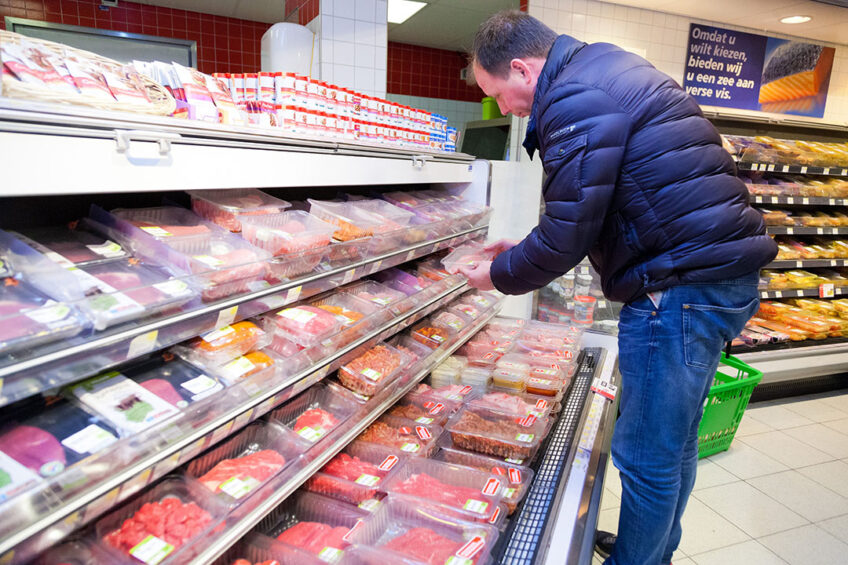Keeping chicken affordable during major cost and supply challenges

Energy costs have become the largest challenge facing the poultry sector, with higher feed, distribution and labour costs affecting the industry in Europe, North America and northeast Asia. Rabobank warns that in Europe, the industry should prepare for a high-cost impact on production and storage, and potential disruption of the availability of inputs, such as packaging material and CO2 for gas stunning in case of a shut off.
Along with ongoing avian influenza cases and its associated trade impacts severely affecting Europe and North America, the present rising and uncertain cost factors will constrain supply, especially as construction costs remain high. This is the conclusion of Rabobank in its latest quarterly report.
With consumer pressure growing as inflation escalates in parts of Europe while wages fail to follow suit, chicken will be the best-positioned protein due to its low-price position. Latest figures from retail analyst Kantar show grocery price inflation rising by 3.8% in the 12 weeks to early September and this is prompting consumers to switch to the cheapest brands. So, asks Rabobank, how can the sector keep its markets?
Big players respond
It is proving tricky. Ranjit Singh Boparan, founder and owner of the 2 Sisters Food Group, has said beleaguered shoppers – already facing the worst food inflation in 50 years in the UK – will ultimately pay the price of additional issues, such as the massive CO2 surcharge, which is costing his business £1m/week (€ 1.14m). “This is a very serious situation we are facing. Once again, UK food security is under threat and the shopper ultimately loses out – we simply have no choice other than to pay to keep supply.”
David Neilson, Avara Foods agriculture director, believes the industry is seeing 30% cost inflation on farms and this is partially filtering through to a rise in retail chicken prices of around 20%. Speaking at the recent Poultry Meat Conference 2022, Neilson said the supply and demand imbalance was one of the largest issues facing the sector, with perhaps a quarter of consumers cutting right back on food spending.
This has led to too many birds on the ground and there is also a danger, as highlighted by Robert Gooch, chief executive of the British Free Range Egg Producers Association, of too many eggs on the market, especially with consumers switching to discount brands.
Government support
The government in the UK has introduced a support scheme which will cut gas and electricity costs by at least half their anticipated level this winter. The scheme, which began on 1 October, will run until 31 March 2023. Prices will range from 21p/kWh (€ 0.23/kWh) for electricity and 7.5p/kWh (€ 0.85/kWh) for gas – far less than the wholesale estimates this winter which could be as high as 60p (€ 0.68) and 18p/kWh (€ 0.20).
NFU president, Minette Batters, said more detail was needed, with the sector needing to know whether it was going to be classified as a vulnerable industry. “We want industry and the government to work together to develop targeted support across all farming sectors,” she said.
The Association of Independent Meat Suppliers (AIMS) welcomed the support, saying it would calm nerves among some businesses, but spokesman Tony Goodger added, “It is essential for their business planning that the government provides further details as to what will happen to energy bills from 1 April 2023 as soon as they are able to.”
In a case study released by AIMS in September, it examined an unnamed vertically-integrated poultry business which is expecting a monthly increase of 437% with initial costs of £22,000 (€ 25,000) rising to £118,000 (€ 134,500) for its bills. Similarly, a stand-alone poultry abattoir could be looking at a bill of £900,000 (over € 1m).
Rising costs – EU reaction
Meanwhile, European farming union Copa-Cogeca has welcomed a decision at the end of September by EU energy ministers to address the high energy price crisis felt across the Continent. The rising cost of energy and its impact on electricity, fuel, fertiliser and other inputs to the agricultural sector, have caused considerable stress for farmers and cooperatives. It argues that for European farmers and agri-cooperatives to continue operating, it is essential to curb inflation and reduce the volatility of energy prices. The EU also needs to diversify energy supplies, stressing the key role played by bio-energy and crop-based biofuels.

Copa president, Christiane Lambert, said: “Member states should consider our European agri-food production as essential… Our sector, which delivers daily nutrition to our citizens, should be excluded from the requirement to reduce energy consumption during peak hours, as such limitations could result in serious market and supply chain disruption, while leaving many of our farmers in a desperate situation.”
Adding to that, Cogeca president, Ramon Armengol, underlined the importance of maintaining liquidity in the sector. “At the moment many of our agri-cooperatives are faced with liquidity issues due to high energy prices and input costs. It is key to support them so that they can continue operating at previous levels of productivity. What is needed is a revised Temporary State Aid Crisis Framework to make it more fit-for-purpose for the agri-food supply chain and ensure easier access to credit.”
Opportunities
But there are still some opportunities. NFU Energy believes that solar panels on barn roofs are ideal for poultry farmers as they mitigate the cost of fans, feeding and cleaning systems, particularly during the sunnier, summer months. The company has worked with an egg production business to get the most out of its solar PV which was first installed in 2011. It commissioned NFU Energy to carry out an audit which found that the business used a total of 43,900 kWh per year.
Main energy users were egg collection belts and washers, ventilation and lighting in the 4 laying houses, and heating in the farmhouse, office and shop. Its recommendations covered fans, lighting and the egg washer.
- Fans: By controlling speed in response to changing indoor temperature, considerable amounts of energy can be saved. Fans can be operated at lower speeds during cooler periods.
- Lighting: Optimal light output can be used to stop undesirable behaviour, such as pecking, and reduce spend.
- Egg washer: Costs can be brought down by looking at operating times and insulating parts.









